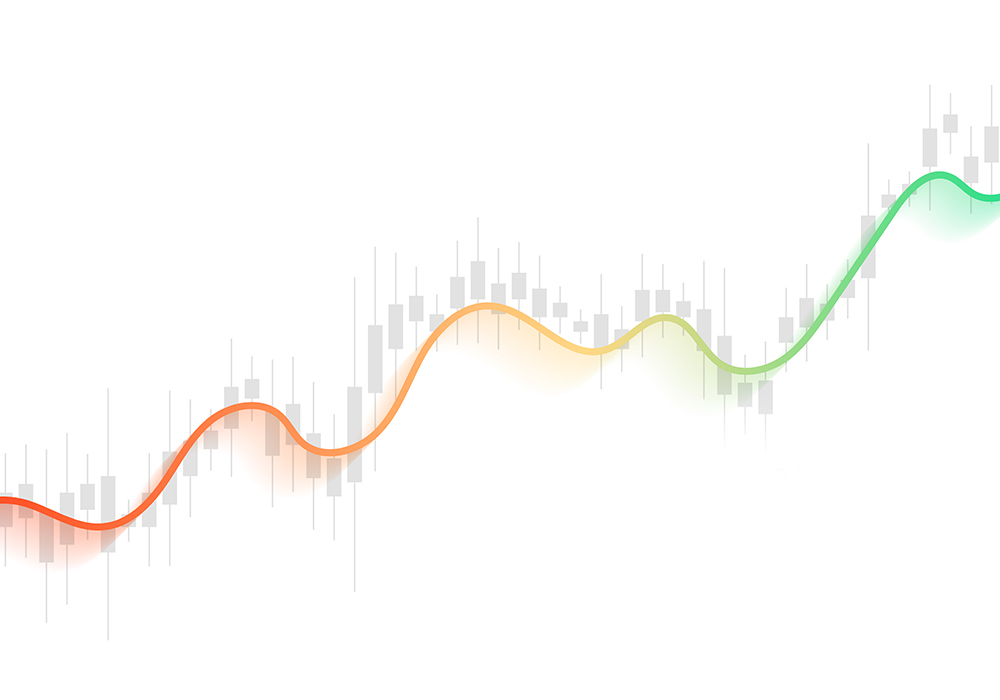Technical indicators are essential tools for analyzing financial markets and making informed trading decisions. They encompass various categories such as trend-following indicators, momentum oscillators, volatility indicators, and volume-based indicators.
Each type serves a specific purpose in identifying trends, confirming market conditions, and timing entry and exit points. This comprehensive guide explores the fundamentals of technical indicators, their practical applications, and strategies for integrating them into your trading approach.
Introduction to Technical Indicators
Technical indicators are mathematical calculations based on historical price, volume, or open interest data. Traders use these tools to interpret market behavior and forecast future price movements. Whether you’re a novice trader seeking to understand basic concepts or an experienced investor refining advanced strategies, mastering technical indicators can provide valuable insights into market dynamics.
Types of Technical Indicators
1. Trend-Following Indicators:
Trend-following indicators help traders identify the direction and strength of prevailing market trends. These indicators smooth out price fluctuations to reveal underlying trends over specific time frames.
- Moving Averages: Moving averages are among the most widely used trend-following indicators. They calculate the average price of a security over a specified number of periods, smoothing out short-term price fluctuations. Traders often use simple moving averages (SMA) and exponential moving averages (EMA) to identify trend direction and potential reversal points.
2. Momentum Oscillators:
Momentum oscillators gauge the speed and magnitude of price movements, indicating whether a market is overbought or oversold. These indicators measure the rate of change in price trends and provide signals for potential trend reversals.
- Relative Strength Index (RSI): The RSI compares the magnitude of recent gains to recent losses in an attempt to determine overbought and oversold conditions of an asset. RSI values above 70 typically indicate overbought conditions, while values below 30 suggest oversold conditions.\
- Stochastic Oscillator: The Stochastic Oscillator measures the position of a closing price relative to its price range over a specified period. It consists of two lines: %K, which represents the current price as a percentage of the recent trading range, and %D, a moving average of %K. Traders use the Stochastic Oscillator to identify potential buy and sell signals based on overbought and oversold conditions.
3. Volatility Indicators:
Volatility indicators measure the magnitude of price fluctuations and help traders anticipate potential breakouts or breakdowns in market trends. These indicators assist in assessing market volatility and adjusting trading strategies accordingly.
- Bollinger Bands: Bollinger Bands consist of a simple moving average (usually 20 periods) and two standard deviation bands plotted above and below the moving average. These bands expand and contract based on market volatility. Traders use Bollinger Bands to identify overbought and oversold conditions and anticipate potential price reversals.
- Average True Range (ATR): ATR measures market volatility by calculating the average range between high and low prices over a specific period. Traders use ATR to gauge the level of market volatility and adjust stop-loss levels and position sizes accordingly.
4. Volume-Based Indicators:
Volume-based indicators analyze trading volume to confirm price trends and assess market participation. These indicators help traders validate price movements and identify potential trend reversals based on trading volume.
- On Balance Volume (OBV): OBV measures cumulative buying and selling pressure by adding volume on up days and subtracting volume on down days. Traders use OBV to confirm the strength of a price trend; divergences between OBV and price movements may signal potential reversals.
- Volume Weighted Average Price (VWAP): VWAP calculates the average price of a security based on both volume and price over a specific time frame. Institutional traders often use VWAP to assess the effectiveness of their trades relative to the average market price.
Practical Applications of Technical Indicators

Understanding how to effectively apply technical indicators can enhance a trader’s ability to make informed trading decisions:
- Confirmation of Trends: Traders use trend-following indicators like moving averages to confirm the direction of a trend. A crossover between short-term and long-term moving averages may signal a potential trend reversal or continuation.
- Identifying Overbought and Oversold Conditions: Momentum oscillators such as RSI and Stochastic Oscillators help identify overbought (potentially overvalued) and oversold (potentially undervalued) conditions in the market. Traders may consider entering or exiting positions based on these signals.
- Timing Entry and Exit Points: Volatility indicators like Bollinger Bands can help traders anticipate price breakouts or breakdowns. When prices approach the upper or lower bands, it may indicate potential entry or exit points depending on the prevailing trend.
- Confirming Market Volume: Volume-based indicators such as OBV help confirm the strength of price trends by analyzing trading volume. A divergence between price movement and volume can provide valuable insights into market sentiment and potential trend reversals.
Final Thoughts:
Technical indicators provide valuable insights into market dynamics and assist traders in interpreting price movements effectively. By mastering the interpretation and application of these indicators, traders can improve their trading strategies and achieve consistent profitability in diverse market conditions.
Whether you are a novice trader exploring basic concepts or an experienced investor refining advanced strategies, understanding technical indicators is essential for making informed trading decisions. Continuously refine your skills and adapt your approach to leverage these powerful tools effectively in your trading journey.



